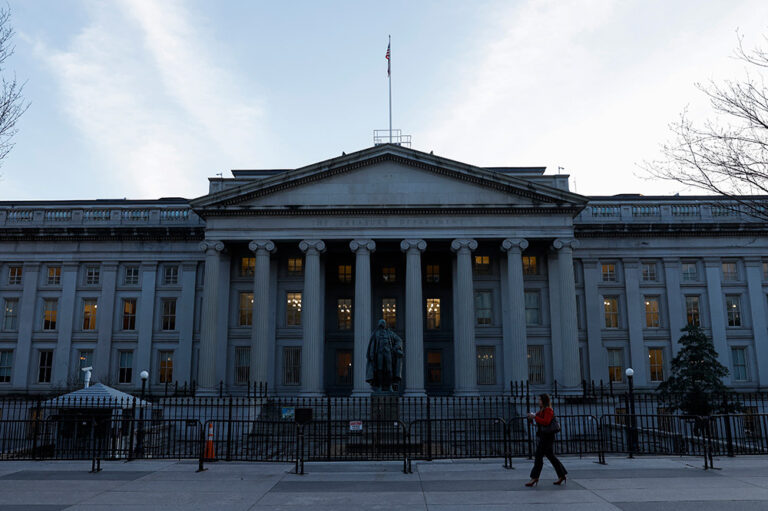The federal deficit is projected to be over $1 trillion each year for the next 10 years according to the Office of Management and Budget (OMB) in its annual Mid-Session Review (MSR) released last week. The report, which takes into account the Administration’s economic forecast and assumes the President’s legislative agenda is enacted, expects the current fiscal year to end with a deficit of $1 trillion.
According to the Administration’s calculations, the President’s proposed policies would reduce the deficit by $2.6 trillion over the next decade, mostly through changes to tax policies. About half of that reduction would result from raising the corporate tax rate from 21 percent to 28 percent. Proposals targeting high-income taxpayers is estimated to increase revenues by another $0.7 trillion over the upcoming 10 years.
Among the economic variables that most directly affect budget projections:
- The Administration forecasts that growth in real GDP will be 1.4 percent in 2022, 1.8 percent in 2023, and rise gradually thereafter. By 2032, real GDP would grow by 2.3 percent.
- The Administration forecasts that the unemployment rate will be 3.7 percent in 2022 and 2023. By 2024, the rate will rise to 3.8 percent and is expected to remain at that level through 2032.
- The Administration forecasts that interest rates will rise in both 2022 and 2023. 91-day Treasury bills will average a 1.6 percent rate in 2022 and a 3.0 percent rate for 2023. After 2023, 91-day interest rates are expected to decrease, averaging 2.4 percent in 2032. Rates on 10-Year Treasury notes average a 2.7 percent rate in the Administration’s projections for 2022 and gradually climb to 3.4 percent in 2032.
- The Administration forecasts that CPI will be 6.6 percent in 2022 but drop to 2.8 percent in 2023. From 2024 to 2032, CPI would grow by an annual average of 2.3 percent.
The Mid-Session Review indicates that the federal budget remains on an unsustainable fiscal path due to a structural mismatch between spending and revenues. Although the Administration proposes some deficit reduction, such policies would still leave high and rising deficits in the future. Moving forward, lawmakers should consider more ways to reduce the deficit and put America on a better fiscal path.
Image credit: Alex Wong / Getty Images
Further Reading
The Fed Reduced the Short-Term Rate Again, but Interest Costs Remain High
High interest rates on U.S. Treasury securities increase the federal government’s borrowing costs.
What Types of Securities Does the Treasury Issue?
Learn about the different types of Treasury securities issued to the public as well as trends in interest rates and maturity terms.
Quarterly Treasury Refunding Statement: Borrowing Up Year Over Year
Key highlights from the most recent Quarterly Refunding include an increase in anticipated borrowing of $158 billion compared to the same period in the previous year.


